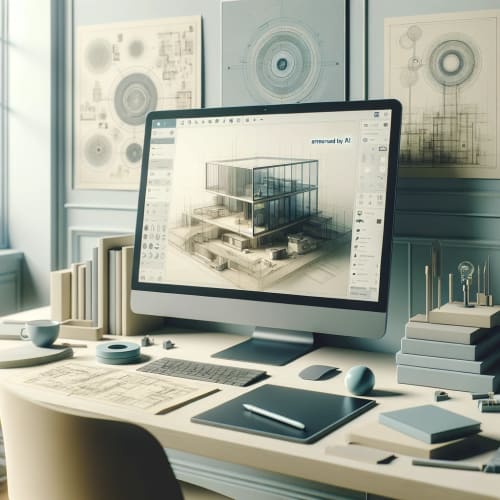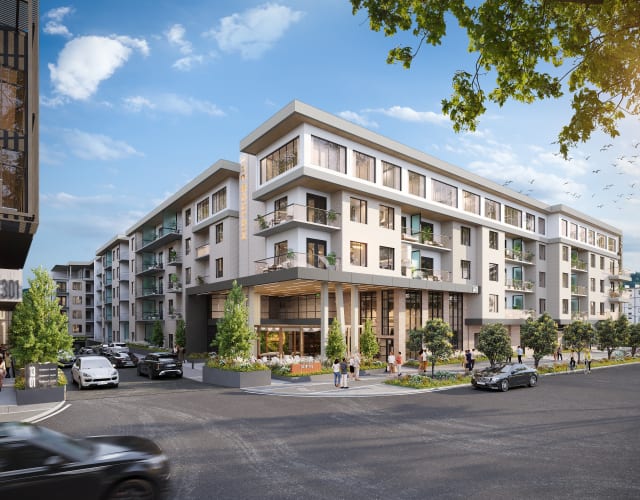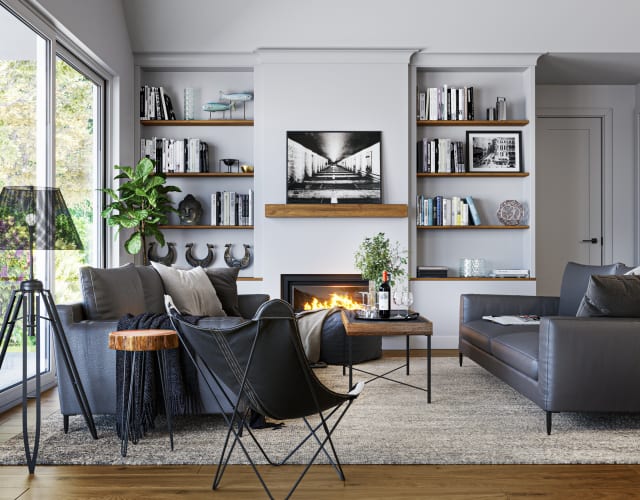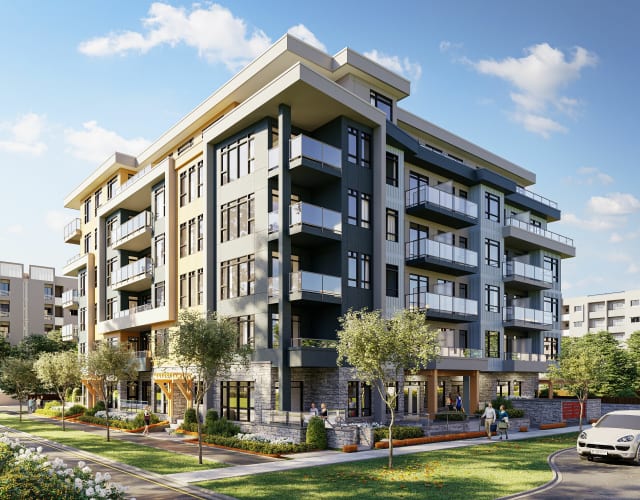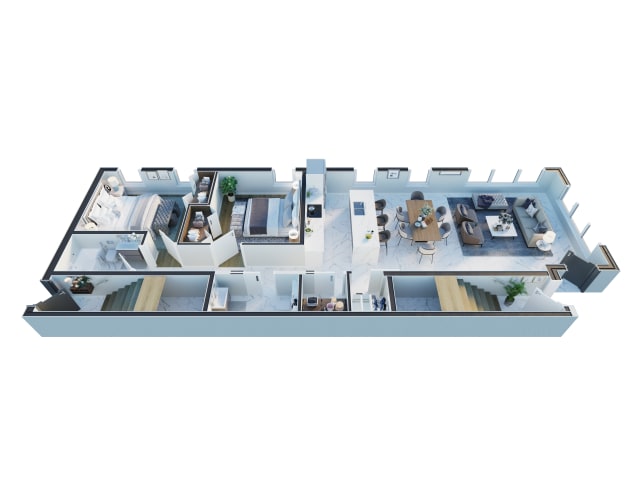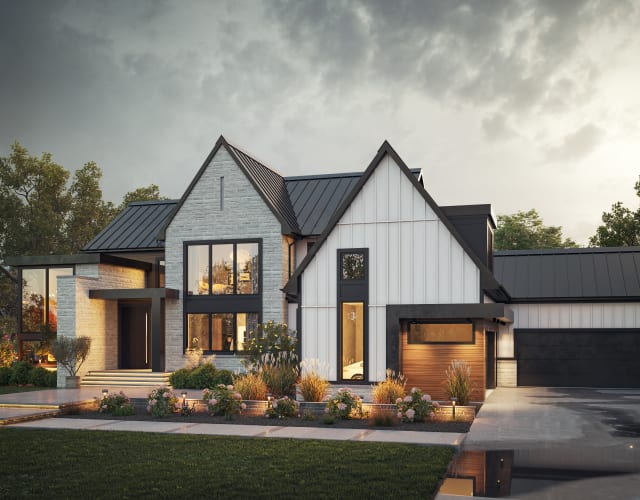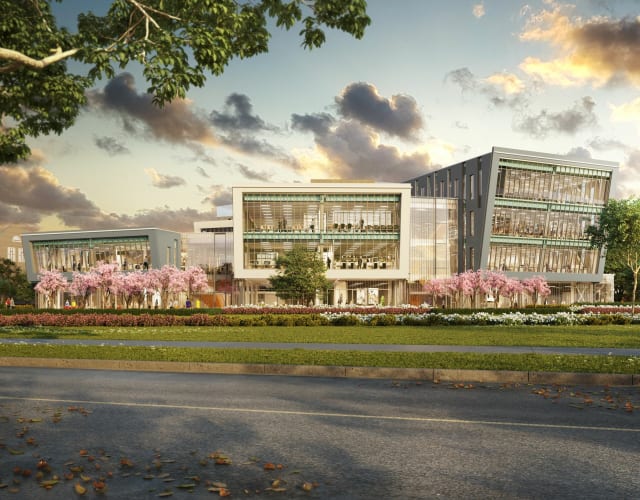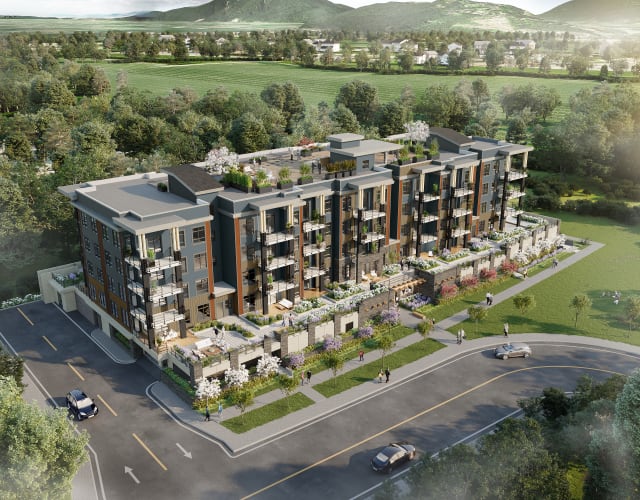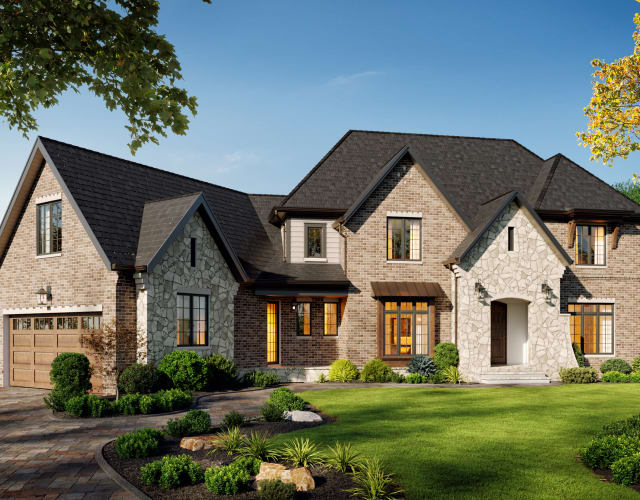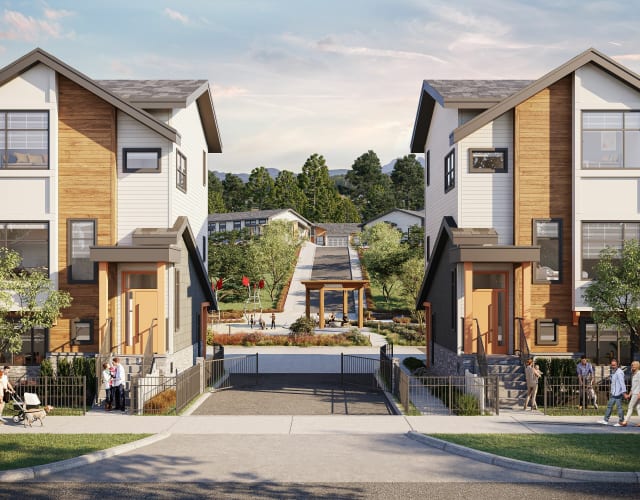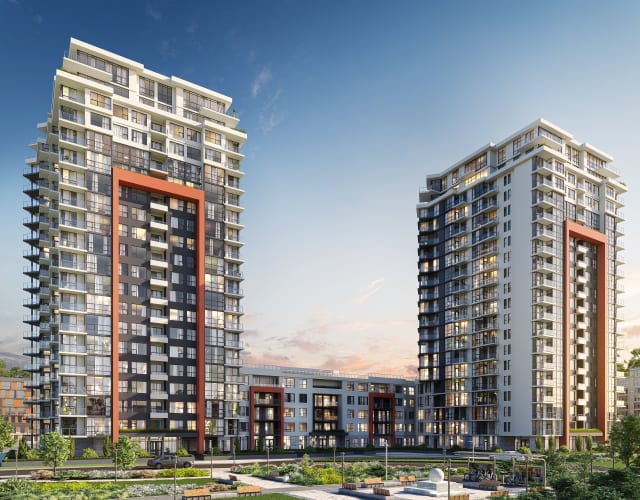Church Rendering: 10 Advantages for Sacred Space Design
by RealSpace
Churches and other sacred spaces have been a significant part of architectural design since ancient times. These buildings represent deep-seated cultural, historical, and spiritual values that make them unique. With advancements in technology, the design of these spaces has also undergone remarkable changes. One of the most significant developments in recent years is the use of church rendering, which involves creating detailed 3D visualizations of religious structures. This technique offers numerous benefits, transforming how architects, designers, and religious communities approach the conception and realization of sacred spaces. In this article, we explore ten advantages of employing church rendering in the design of religious facilities.
1. Realistic Visualization of Church Architecture
Church rendering provides highly realistic and detailed visualizations of proposed church designs. This includes the exterior architecture, interior layouts, altars, stained glass, and other religious symbols and artworks. Such comprehensive visualizations enable stakeholders to envision the church, facilitating decisions about architectural style, spatial arrangement, and ornamental details.
2. Enhanced Communication with Congregations and Stakeholders
Effective communication is vital in the design process of sacred spaces. 3D church rendering significantly enhances this communication by providing a tangible representation of the proposed design. This helps congregations, church committees, and stakeholders to have a clear understanding of the project, ensuring that the design aligns with their vision and spiritual needs.
3. Efficient Space Planning and Layout Optimization
Optimal space planning is crucial in church design to accommodate congregational activities, ceremonies, and gatherings. Rendering technology allows for precise planning of the church’s layout, ensuring that the space supports various religious functions while maintaining the reverence and sanctity of the environment.
4. Customization and Flexibility in Design
Church rendering offers unparalleled flexibility in customizing designs. Architects and designers can experiment with different architectural elements, liturgical furnishings, and lighting schemes, allowing for extensive customization to meet specific religious and community requirements.
5. Improved Material Selection and Visualization
Selecting the right materials is essential in conveying the spiritual significance of a church. Rendering provides an accurate representation of how different materials, textures, and colours will look in the space, aiding in the selection process and ensuring that the materials chosen enhance the church’s spiritual and aesthetic appeal.
6. Cost-Effective Design Revisions
Design revisions are common in church projects, and rendering makes these revisions more cost-effective. Changes can be visualized digitally, reducing the need for physical models or extensive rework, leading to significant savings in both time and resources.
7. Simulating Lighting and Acoustic Effects
Lighting and acoustics play a critical role in creating the ambiance of a sacred space. Rendering allows designers to simulate various lighting conditions and acoustic scenarios, providing insights into how the church will function during different times of day and various ceremonies.
8. Facilitating Regulatory Approval and Compliance
Obtaining regulatory approval for church construction can be challenging. Detailed renders can be instrumental in demonstrating compliance with zoning laws, building codes, and safety standards, facilitating smoother approval processes and reducing the risk of compliance issues.
9. Enhancing Fundraising and Community Support
High-quality renders are valuable tools for fundraising and garnering community support. They can be used in presentations, promotional materials, and fundraising campaigns to showcase the design and vision of the church, attracting donations and support from the community and stakeholders.
10. Providing Guidance for Construction
Finally, church rendering provides a precise guide for construction teams. Detailed renders serve as blueprints, ensuring that the construction process aligns with the planned design and reducing the likelihood of costly construction errors.
Conclusion
Church rendering is revolutionizing the design and construction of sacred spaces, offering benefits that range from realistic visualization and enhanced communication to efficient space planning and cost savings. As religious communities continue to evolve and seek spaces that reflect their beliefs and values, rendering technologies will play an increasingly important role in creating churches that are not only architecturally impressive but also deeply resonant with spiritual and cultural significance.




